YouTube Shorts for Revision: Micro-Learning to Memorize Formulas Quickly
Boost Exam Prep with Bite-Sized YouTube Shorts and Formula-Focused Learning
In the modern digital-first learning space, revision procedures have transcended the classroom premises. Examinees for competitive exams, board exams, or college admissions exams are no longer using thick notebooks or prolonged lectures. They're opting for YouTube Shorts, a tool created primarily for entertainment, as a new method of spontaneous, intensive learning and formulaic memorisation.
The growth of short-form study material is redefining the fundamentals of how students learn. Strategically employed, YouTube Shorts can be an invaluable addition to the study regimen of a student, enhancing memorisation, making complicated formulae easier to remember, and reinforcing knowledge in bite-sized, fascinating forms.
This blog delves into learning with YouTube Shorts, making formula-based micro-content, and how shorter videos can make a dramatic difference to memory retention, particularly when complemented with sound learning discovery platforms such as Skoodos Bridge that bridges students with the most sought-after coaching centres for exam preparation.
The Turn to Short-Form Learning
Today's learners exist in a world of distractions at high velocities. Long video lectures simply are too overwhelming, whereas short, timely doses of learning exactly fit micro-learning patterns.
YouTube Shorts, Reels, and others have come to be the middle ground between entertainment and edification. The 60-second stage provides space for creators and educators alike to indulge in a single idea, a single trick, or a single formula at a time, which makes revision less daunting and more attractive.
Let's examine how well this format is suited to learning.
Why Memorisation of Formulas Succeeds with YouTube Shorts?
- Bite-Sized Focus: A brief video centres on a single formula, idea, or illustration and optimises clarity and retention.
- Repeated Exposure Without Fatigue: It is simple to view multiple Shorts, fostering repeated viewing to stamp memory.
- Visual Motivation: Graphics, text, and instant solutioning on the screen engage visual learners.
- Active Recall: Short videos tend to include fast quizzes or "fill-in-the-blank" formats that promote active recall.
- Convenient Anywhere, Anytime: Because YouTube is mobile-friendly, revision is possible on the go, while travelling, a break at work, or before sleep.
How YouTube Shorts Are Changing Exam Preparation?
To realise the increasing importance of YouTube Shorts in education, look at how learning behaviour is changing among students. Statista's 2024 study indicated that more than 60% of Gen Z learners prefer short video content for revision over lengthy lectures or taking notes.
YouTube, Instagram Reels, and TikTok are no longer entertainment websites; they're turning into on-the-go learning platforms.
Learning Format | Average Engagement Time | Retention Rate | Ease of Access |
| Traditional Notes | 10–15 minutes | 40% | Medium |
| 15–25 minutes | 55% | High | |
| YouTube Shorts (under 60 sec) | 2–5 minutes | 70–80% | Very High |
The data clearly shows how micro-content drives higher engagement and better recall, exactly what students need during exam season.
How to Use YouTube Shorts for Last-Minute Exam Revision
Whether you’re preparing for JEE, NEET, CBSE boards, or any other entrance exam, the final weeks before exams are crucial for formula retention. Here’s how YouTube Shorts can help.
1. Create a Playlist for Each Subject
Organize Shorts into subject-wise or topic-wise playlists, for example:
- Physics → Laws of Motion, Thermodynamics, Optics
- Chemistry → Organic Reactions, Periodic Trends, Equations
- Math → Trigonometry, Calculus, Algebraic Identities
These pre-made playlists mimic a "flashcard" like experience, perfect for daily quick review.
2. Focus on Formula-Only Shorts
Use or make Shorts with only formulas, no long descriptions. Such as a 45-second video summary of every kinematics formula, visually, to help the brain remember formulas more quickly.
2. Focus on Formula-Only Shorts
Use or make Shorts with only formulas, no long descriptions. Such as a 45-second video summary of every kinematics formula, visually, to help the brain remember formulas more quickly.
4. Use Comment Sections to Learn from Peers
The comments following the Shorts below learning Shorts become mini-discussion forums. Learners write a query, hack, or workaround and form a mini-circle of students.
5. Match Shorts with Notes
And after viewing a series of Shorts, take notes in your notebook. Writing does strengthen memory, while the video does explain, an ideal double recipe.
What Is the Best Way to Create Formula-Focused YouTube Shorts?
If you’re a student or educator looking to create formula-based content, follow these practical steps to make your Shorts both educational and engaging.
Step 1: Define One Concept per Video
Don’t overload your audience. Focus on one topic or one formula, for instance, “Quadratic Formula Breakdown in 60 Seconds.”
Step 2: Use Clear Visuals
Use whiteboards, overlays, or animations to present the formula. Use simple but clean graphics.
Step 3: Narrate with Purpose
Describe in a soft, clear voice. Use no jargon and talk only about what's important, when and how to apply the formula.
Step 4: Add Real-World Context
Example: For physics, connect Newton's laws to everyday motion; for chemistry, connect reactions to food or fuel.
Step 5: End with a Memory Hook
Include mnemonics or shortcuts to long-term memory (e.g., "SOH-CAH-TOA" for trigonometry) so that the audience will remember.
Tools That Assist in Creating Short Videos for Revision
Producing good YouTube Shorts videos is not necessarily achieved with costly equipment. Below are accessible and free tools for students and teachers:
Tool Name | Purpose | Free Access |
| Canva | Text overlays, educational templates | Yes |
| CapCut | Video editing and trimming | yes |
| OBS Studio | Screen recording for solving problems | yes |
| Notion/Google Keep | Script & topic planning | yes |
| YouTube Studio | Upload management & analytics | yes |
These tools simplify the process of creating professional-looking Shorts that can build your educational YouTube channel and help peers revise efficiently.
Do Short Videos Help to Memorise Formulas?
Indeed. Cognition research indicates that spaced repetition and chunked learning, both of which are primary features of short videos, can increase long-term retention to 80%.
When one acquires micro-lessons daily, the mind identifies repetition in terms of patterns. The formulas become automatic with time.
Moreover, audio-visual stimuli involve more than one sense, enabling learners to associate sound, images, and motion, reinforcing corresponding neural connections to memory.
How Skoodos Bridge makes Learning Choices Smarter?
Even as modes such as YouTube make revision convenient, the right coaching center remains the key for systematic learning. That is where Skoodos Bridge comes into play.
Skoodos Bridge assists students in finding, comparing, and matching with the best-reputed coaching institutes of India, whether for NEET, JEE, UPSC, or school-level exams.
Through the bridge between students and institutions, Skoodos Bridge enables students to pair formal education with web-enabled self-learning resources such as YouTube Shorts.
Imagine this process of learning:
- You learn something in school.
- You supplement it with a 60-second review.
- You practice applying it with mock tests or peer debates.
This blended mode model guarantees more understanding, improved recall, and improved exam performance, a vision that Skoodos Bridge wholeheartedly endorses.
Category-Wise: Best Use of YouTube Shorts in Different Subjects
Subject | Type of Shorts to Watch/Create | Benefit for Revision |
| Mathematics | Formula breakdowns, trick solutions | Improves formula retention |
| Physics | Real-world examples, experiment Shorts | Strengthens concept clarity |
| Chemistry | Reaction animations, mnemonic-based Shorts | Aids quick recall |
| Biology | Diagram-focused flash learning | Enhances visual memory |
| English | Grammar tips, vocabulary hacks | Builds linguistic recall |
This structure ensures that no matter the subject, micro-content fits every learner’s style.
Common Mistakes to Be Aware of When Conducting Research Using YouTube Shorts
- Watching blindly: Don't mindlessly scroll; have a clear intention for every session.
- Missing note-taking: Always jot down important takeaways to consciously recall.
- Not making playlists: Have your top revision Shorts in tidy-to-access folders.
- Ignoring credibility: Ensure the channel or teacher offers credible information.
Firm learning is a mix of strong guidance (via Skoodos Bridge) and independent digital learning.
FAQs
1. How can study revision be aided by YouTube Shorts?
They break down complex ideas into simple, quick visual explanations, so recall is quicker and formula grasping easier.
2. What is the optimal strategy to produce formula-based YouTube Shorts?
Learn one formula per video, use visual aids, and include memory aids or real-life applications for better recall.
3. Do short videos help with memorising formulas?
Yes, as short videos are suitable for the way the brain processes small chunks of information, they strengthen long-term memory.
4. How can I utilise YouTube to rapidly revise for exams?
Watch topic-specific playlists, subscribe to authentic learning channels, and utilise Shorts with note-taking for in-depth discussion.
5. Can YouTube micro-content be used to enhance study retention?
Yes. Exposure repeatedly in the form of short, interesting content creates neural connections, strengthening recall.
6. Which are the most effective YouTube Shorts tactics for math formula learning?
Apply step-by-step illustrations, mnemonic devices, and quizzes within Shorts to develop familiarity and rhythm.
7. Are formulas memorizable via increased micro-learning on YouTube?
Yes, micro-learning offers frequent exposure in brief times that increases confidence and diminishes cognitive overload.
Conclusion
YouTube Shorts have revolutionised the learning, revision, and memorisation process of students to such an extent that the erstwhile dreary process of memorising formulas became quick, visual, and interactive.
Whether it's an eleventh-hour review prior to exams or a daily study routine, micro-content learning via Shorts facilitates more intelligent, faster, and more efficient revision.
But short learning is optimal when combined with formal guidance and instruction, the very thing that Skoodos Bridge provides.
By means of Skoodos Bridge, learners can identify the top institutions with their objectives and then augment their conventional schooling with web-based solo learning, such as YouTube Shorts. Overall, they form a comprehensive study platform that helps learners become successful with clarity, confidence, and convenience.
Categories
Archives
- October 202516
- September 202520
- August 202522
- July 202524
- June 202524
- May 202526
- April 202530
- March 202523
- February 202513
- January 202523
- December 202429
- November 20246
- September 20245
- August 202422
- July 202415
- May 20249
- June 202424
Similar Posts
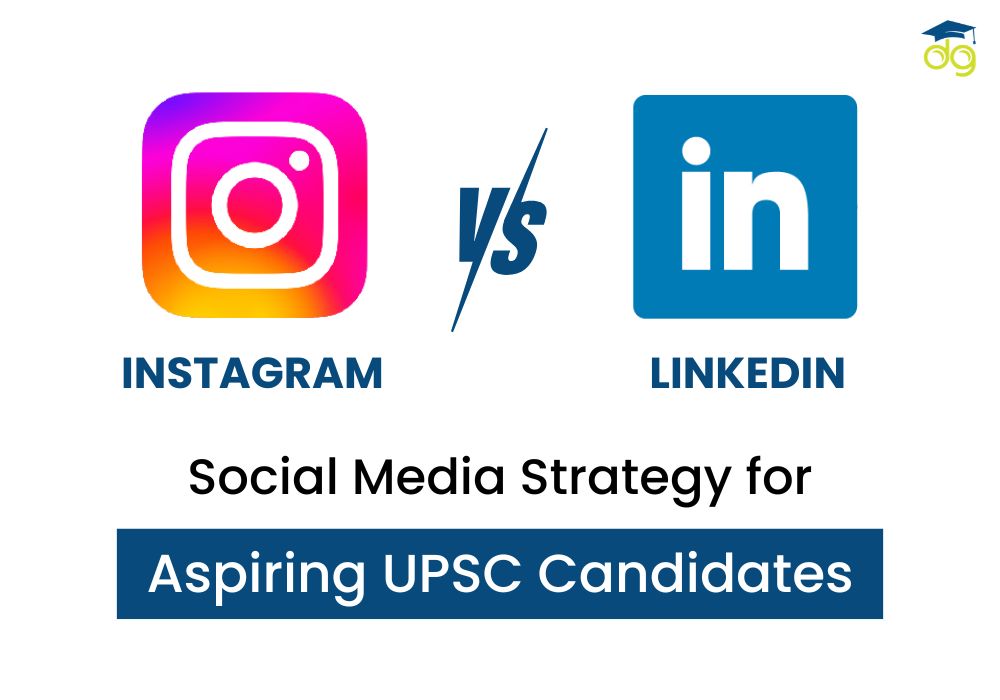
Instagram vs LinkedIn: Smart Social Media Strategy for UPSC Aspirants
by Skoodos Bridge
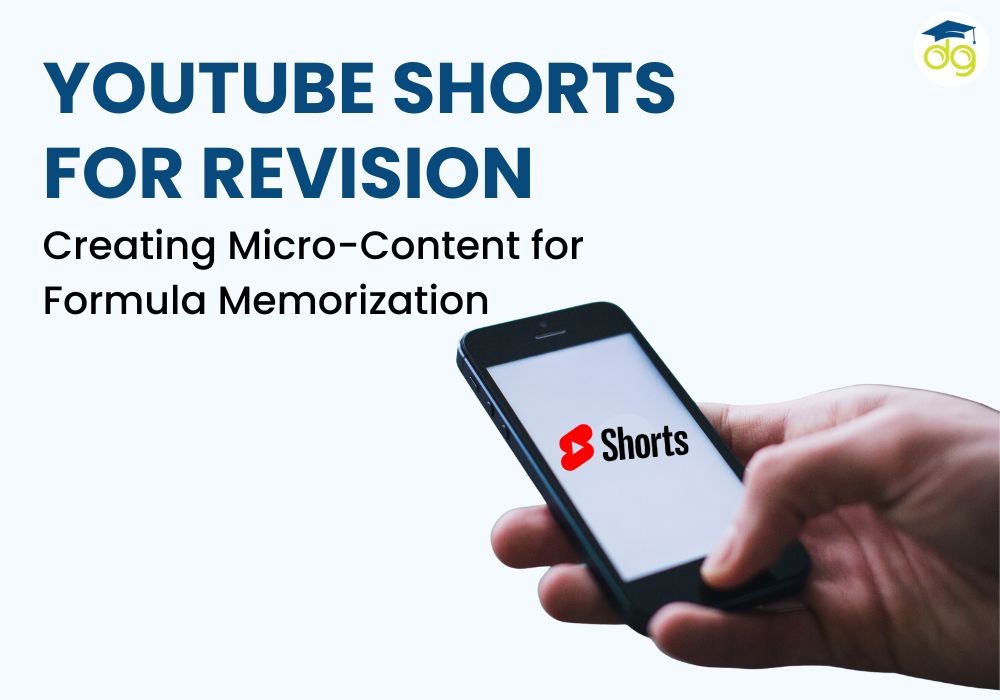
YouTube Shorts for Revision: Micro-Learning to Memorize Formulas Quickly
by Skoodos Bridge
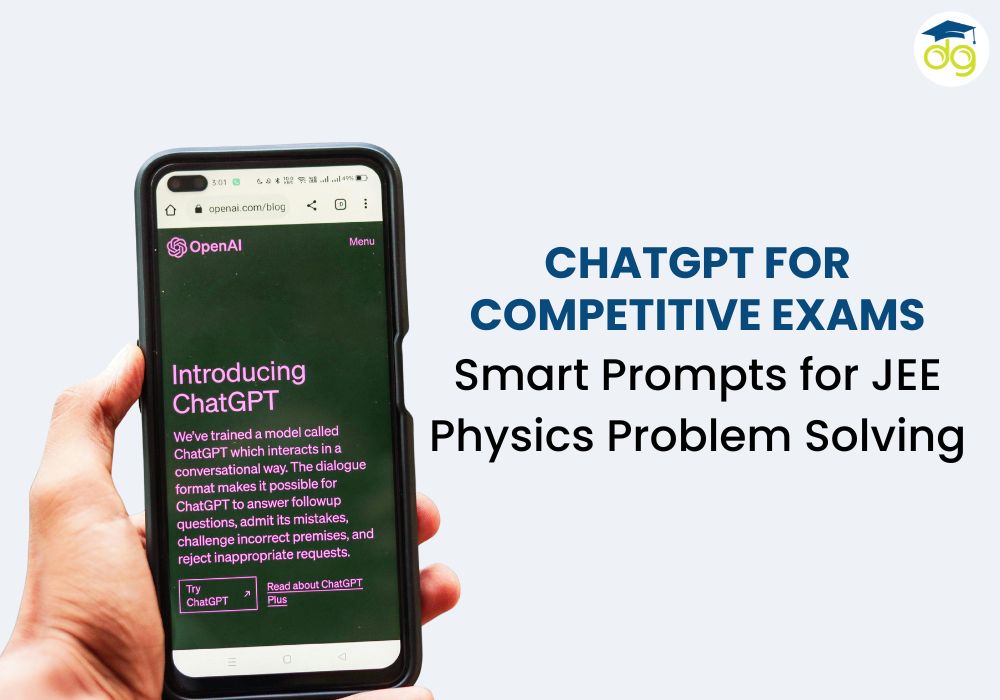
ChatGPT for JEE Physics: Smart Prompts to Master Problem Solving
by Skoodos Bridge

Space Technology Careers: ISRO Opportunities Beyond Aerospace Engineering
by Skoodos Bridge
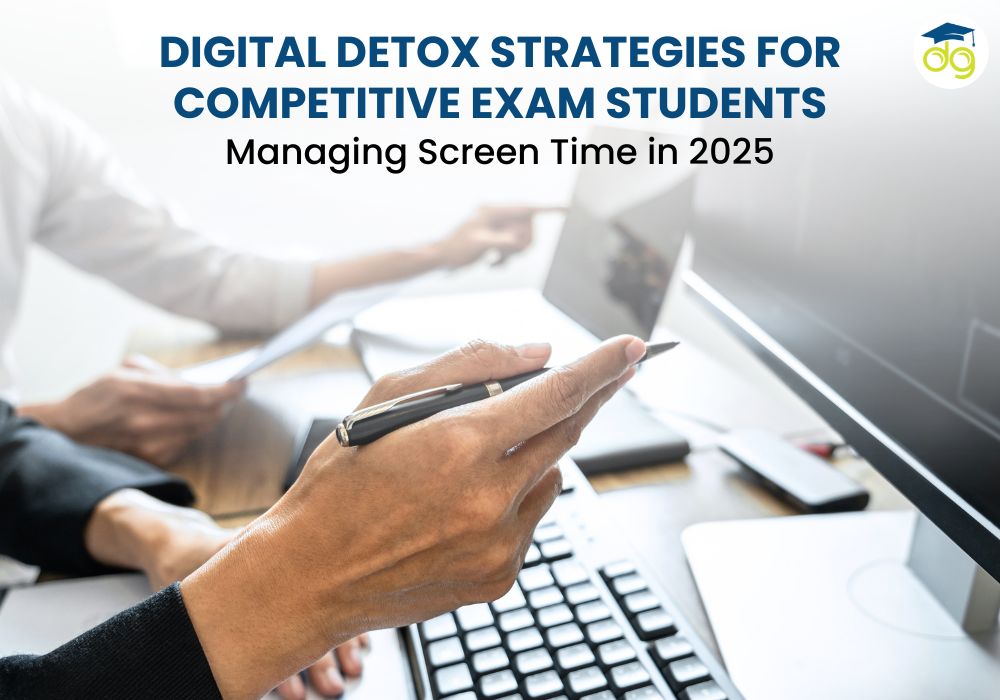
Digital Detox Strategies for Competitive Exam Students in 2025
by Skoodos Bridge
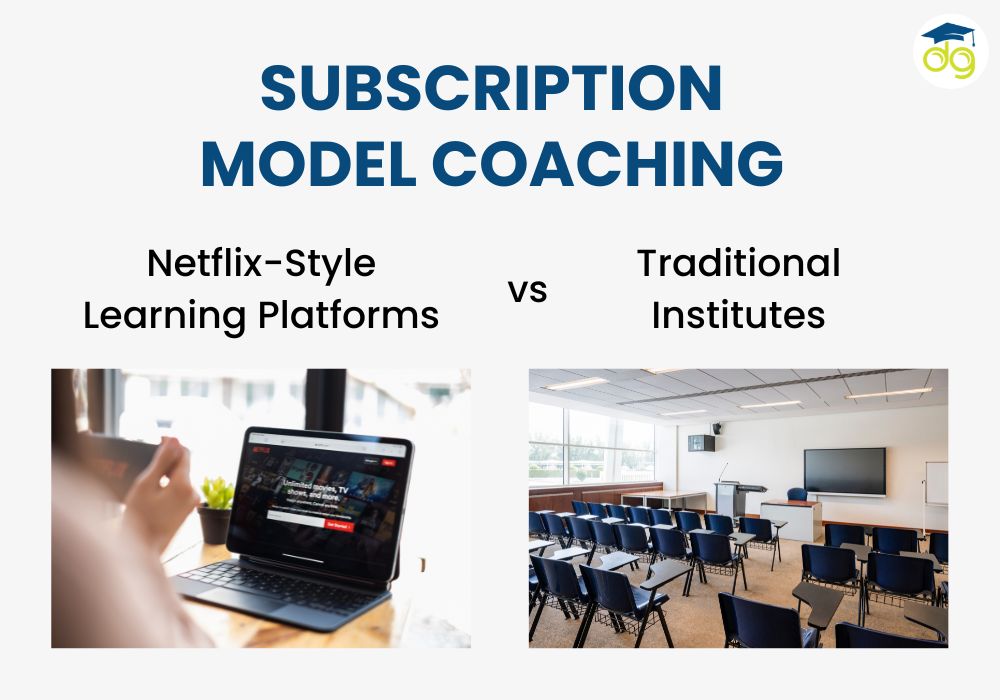
Subscription Model Coaching vs Traditional Institutes: Netflix-Style Learning
by Skoodos Bridge
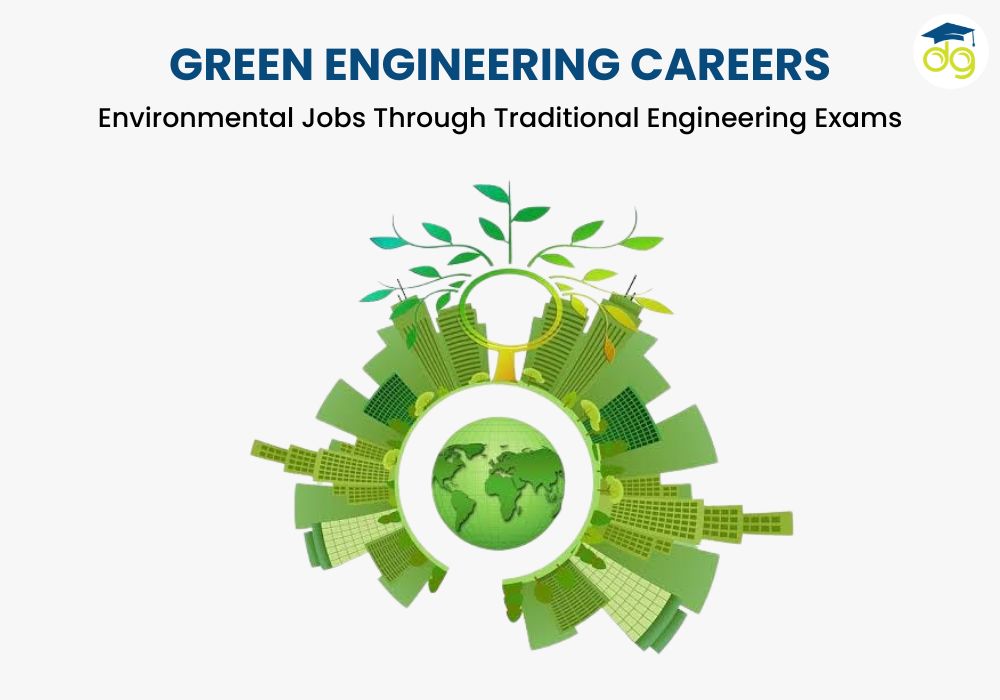
Green Engineering Careers: Sustainable Jobs Through GATE, ESE & PSUs
by Skoodos Bridge

Coaching Institute Mergers in India: Impact on Students & Education Quality
by Skoodos Bridge
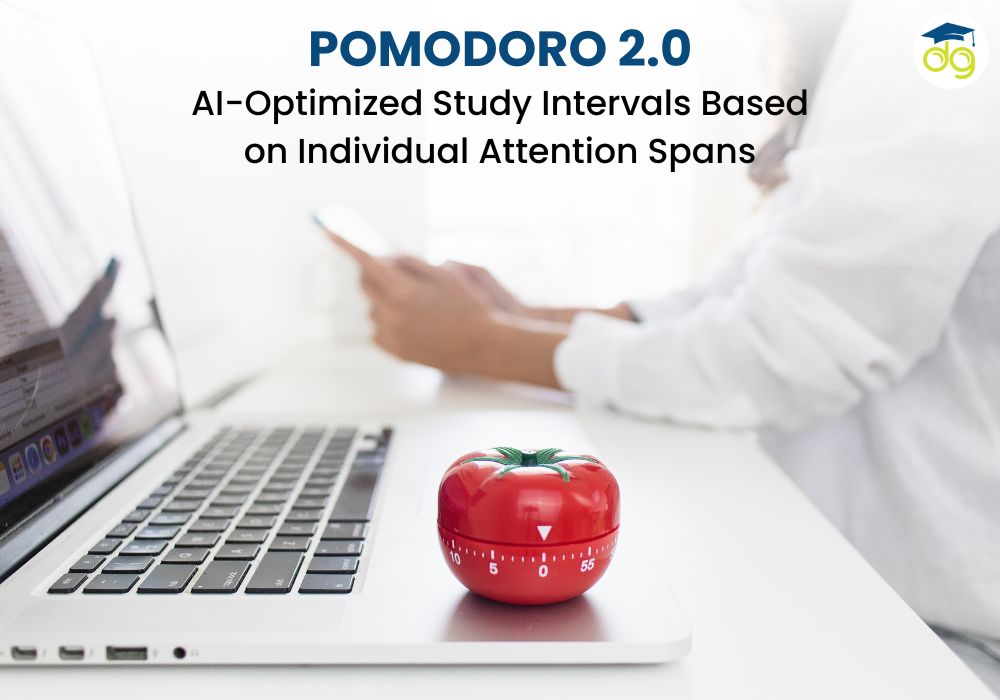
Pomodoro 2.0: AI-Optimized Study Intervals for Better Focus
by Skoodos Bridge
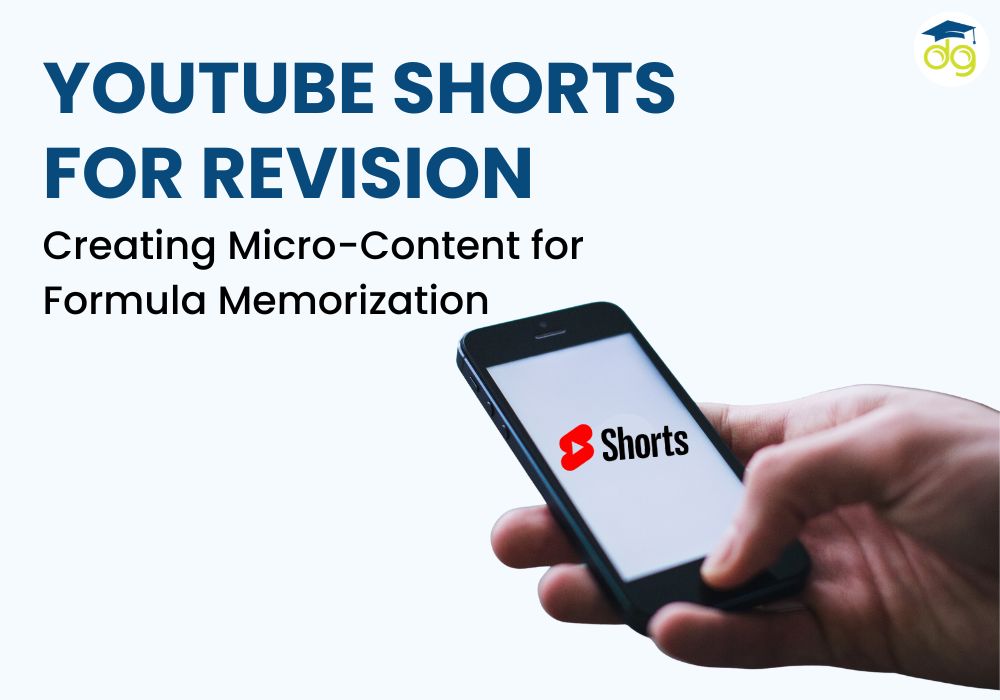

Leave a Comment